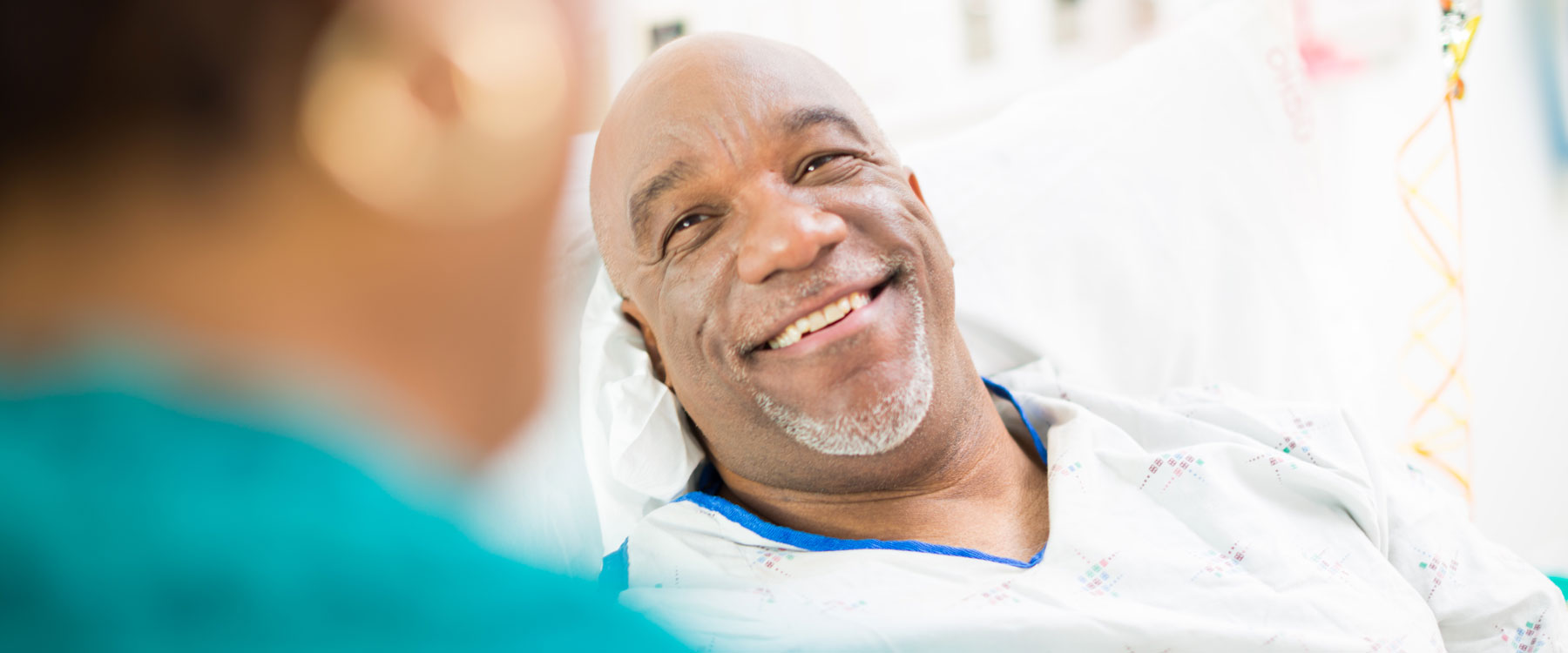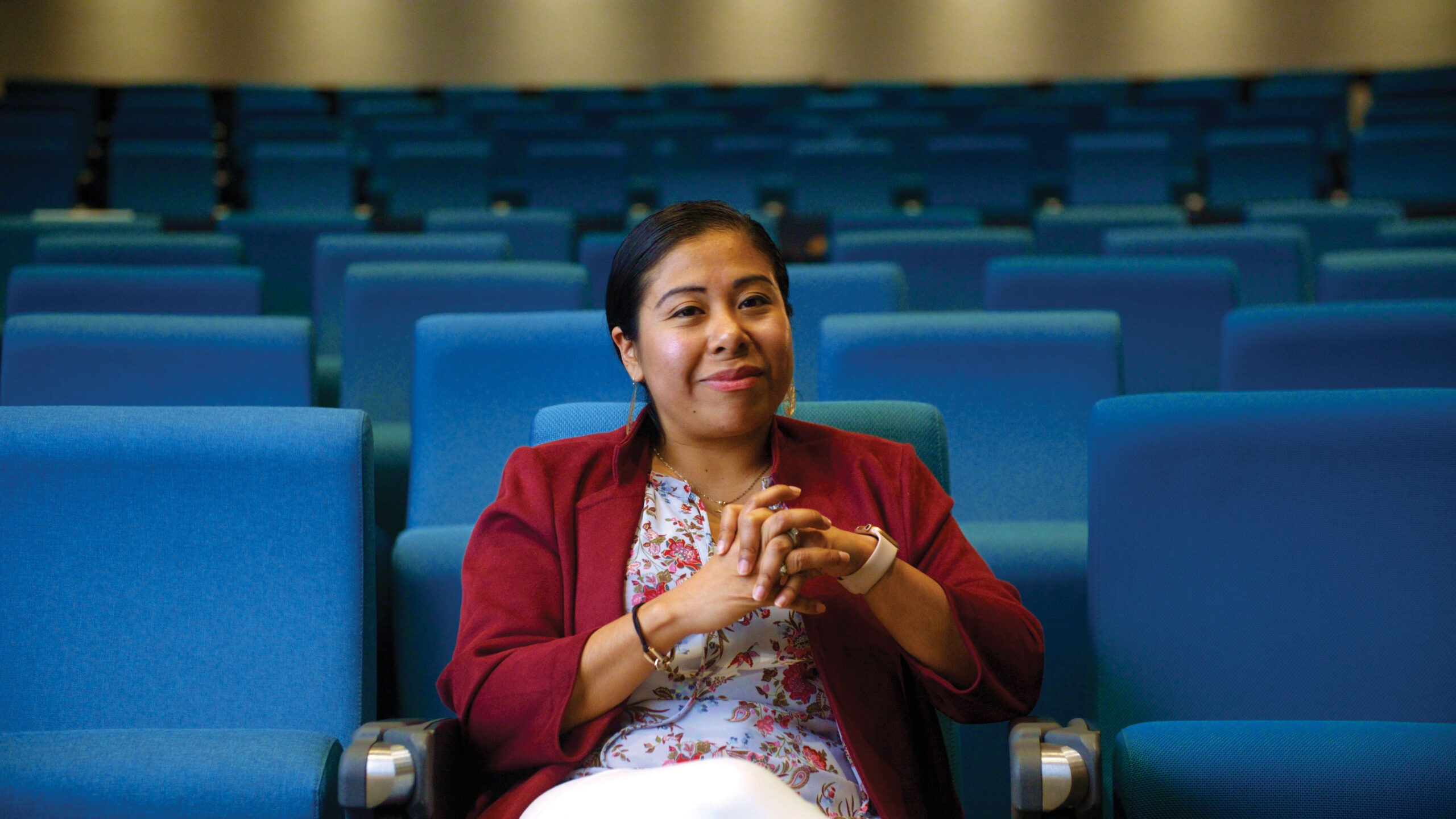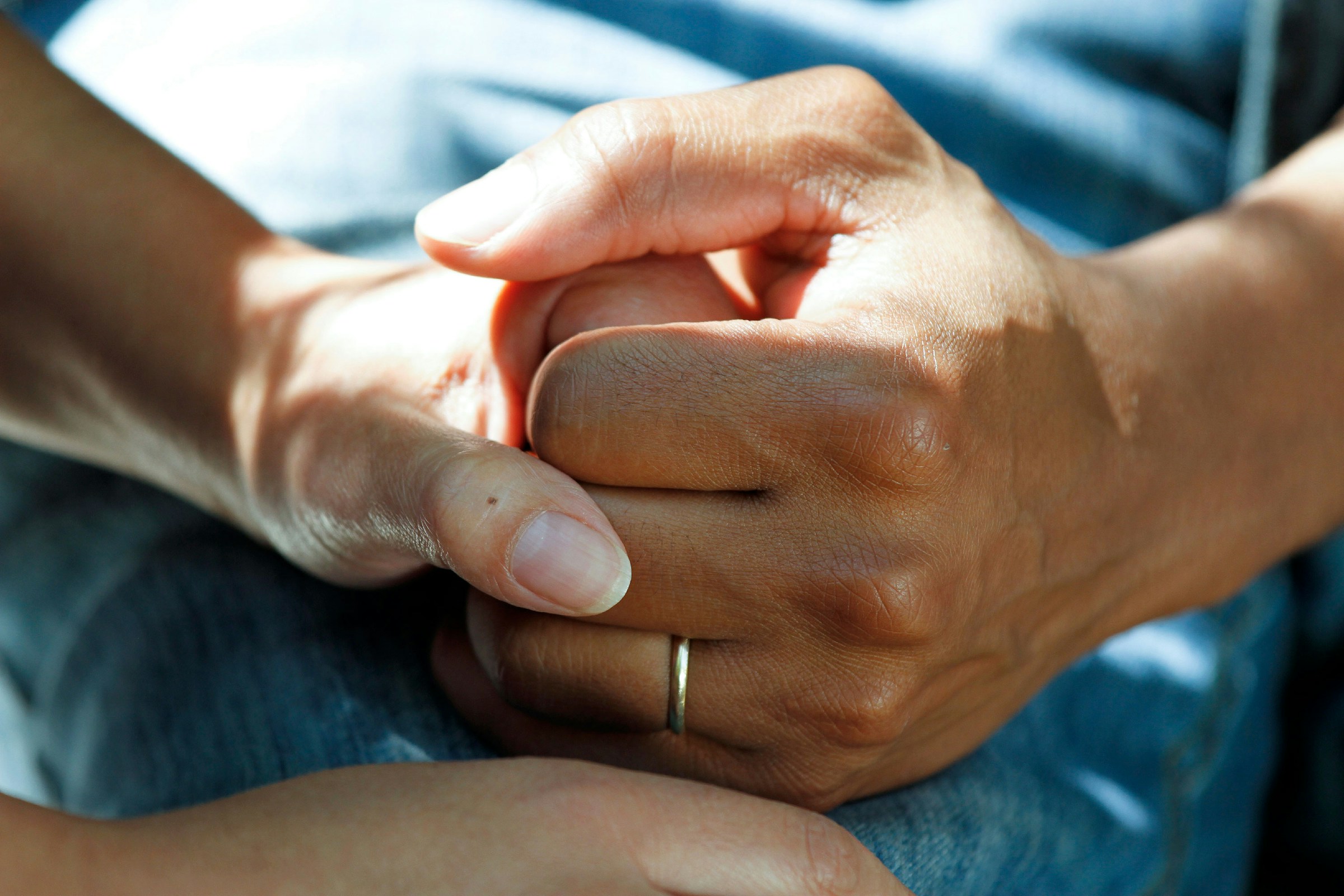By Mariana Phipps
For Ignite Magazine
When the COVID-19 vaccine became available, leaders at OHSU recognized that, for many populations, vaccination wasn’t an issue of choice, but of access. In February 2021, these leaders formed the OHSU Vaccine Equity Committee to address disparities in vaccine access. OHSU knew that vaccination efforts needed to be tailored to different communities, so that everyone could feel supported and empowered to get the vaccine.
Two years later, the success of the Vaccine Equity Committee’s work has highlighted that efforts to protect the health of Oregon’s underserved communities need to not only continue, but to expand to all forms of health care delivered every day, all over Oregon. This January, the OHSU Health Equity Organization was formed at OHSU Health, OHSU’s integrated health system, which includes OHSU Hospital, OHSU Doernbecher Children’s Hospital, Hillsboro Medical Center, Adventist Health Portland and dozens of clinics across the Portland area.
The Health Equity Organization is advancing how OHSU delivers health care effectively and equitably to communities across Oregon and southwest Washington. Equitable access to quality health care is central to OHSU’s missions. Everyone — regardless of ability, age, race, gender or ZIP code — should have the opportunity to be healthy.
This new team will also help OHSU providers learn new ways to care for patients with dignity. Dignity means many things: respecting culture, expressing empathy, protecting people from harm and creating safe and inclusive environments. Removing barriers to good health and upholding dignity for every patient will require time, trust, innovation and partnership. To make this vision a reality, the Health Equity Organization has created three goals:
1. Change how we work
This includes creating effective policies and processes and using community health data to guide how OHSU delivers care.
2. Create a more inclusive hospital and clinic environment
Ways to reach this goal include ensuring 24/7 access to interpreting services and training staff on racially- and culturally-informed care practices; with the end result that every OHSU team is able to provide an optimal experience to each patient.
3. Model health justice to external communities
Modeling health justice requires creating partnerships with other health systems, with local schools and nonprofits and with businesses and neighborhood organizations. These relationships involve a two-way street of learning, understanding and change. OHSU understands the value of listening to and learning from underserved communities and the organizations that support them every day.
The creation of the Health Equity Organization is only one step in OHSU’s efforts to create a more equitable health care landscape. There are many equity efforts, led by hundreds of people, across all of OHSU’s campuses. These efforts, and the passionate individuals bringing them to life, are united in the knowledge that, though it will take time to reach every goal, making health care equitable is, simply, the right thing to do.
The language of health equity
Equity: The practice of creating fair outcomes for individuals or groups by addressing their unique traits or barriers. In contrast, equality means treating everyone the same, regardless of their unique circumstances. Health care equity is achieved when everyone has a fair and just opportunity to attain their highest level of health.
Health disparity: A particular type of health difference between populations that is closely linked with social, economic and/or environmental disadvantage. Health disparities are preventable and inherently unjust. The inaccessibility of vaccines to certain populations and communities is a health disparity.
Health equity: This is achieved when everyone has a fair and just opportunity to attain their highest level of health. This includes ensuring every person has access to the health care professionals, treatments, screenings and medicines they need.
Health justice: A tool for transformational change. It addresses the underlying social and systemic conditions that create health disparities, such as community safety, education, housing and access to healthy food.
Health outcomes: The objective measurement of a change in health status, one that can be attributed to an intervention. Examples of health outcomes include life expectancy, birth weight, obesity rates and improved mental health.
Intersectionality: This term refers to overlapping social identities. These overlapping identities affect the experiences of privilege and/or discrimination an individual may experience. For example, an older Latino man, a young Black woman and a queer white person may each face different challenges accessing health care or social services because of how their identities affect their lived experiences.
Literacy and numeracy: Literacy means the ability to read and write, and numeracy refers to the ability to understand and work with numbers. Both skills are essential for patients to access quality health care. For example, numeracy affects a patient’s ability to understand the quantity and frequency of medication dosages. Creating an equitable health care system means meeting patients where they are and explaining complex information — like diagnoses and treatments — in terms they understand.
Social determinants of health (SDOH): Medical care contributes to only 10-20% of a person’s overall well-being; SDOH is the term for the other 80-90% of factors. The U.S. Centers for Disease Control and Prevention (CDC) defines SDOH as “conditions in the places where people live, learn, work and play that affect a wide range of health and quality-of-life risks and outcomes.” SDOH factors can be strengths, such as consistent employment or access to school gardens, as well as detriments, such as unstable housing, incarcerated parents or environmental pollutants.
Underserved communities: Groups of people who experience discrimination and health disparities, and who have been denied opportunities to participate in economic, social and civic life. These communities are varied, and individuals may fall into one, many or none of the groups. Some examples of these communities include people with disabilities, people living under the federal poverty line, people whose first language is not English, members of the Indigenous and Black communities and people who identify as part of the LGBTQ+ community.
Sources: National Institutes of Health Equity Glossary; Centers for Disease Control and Prevention; OHSU Health Equity Organization




